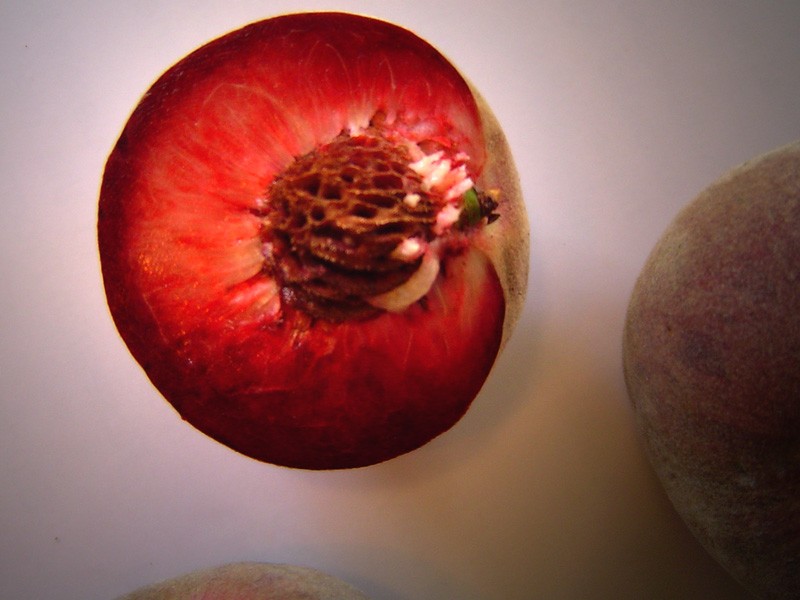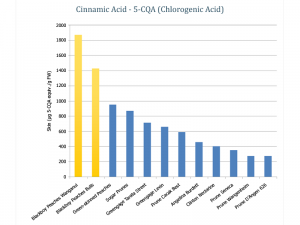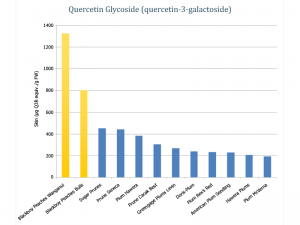Plums
This research will look to find superior varieties of plums for human health, concentrating on investigating heritage and traditional European varieties in comparison with Japanese plum varieties.
Black Doris Plum
Black Doris can contain very high levels of:
- Anthocyanins
- Cy-gal (Cyanidin-3-galactoside)
- Cy-glu (Cyanidin-3-glucoside)
- Quercetin Glycosides
- Q-glu (Quercetin-3-glucoside)
- Q-xly (Quercetin-3-xyloside)
- Q-acetythex
Peaches
This research looks to find superior varieties of peaches for human health.
We have focussed on Blackboy peach varieties in New Zealand because of their distinctive red flesh and dark skin, both colourings being indicators of high levels of compounds in the variety. Blackboy Peaches are a New Zealand heirloom peach variety with dark port wine skin and blood red flesh. Similar red fleshed peach varieties exist around the world such as pêche de vigne, or the blood peach.
Blackboy Peaches
Blackboy peaches can contain very high levels of chlorogenic acid (5-CQA) and quercetin glycosides; Q-glu (quercetin-3-glucoside) and Q-gal (quercetin-3-galactoside).





